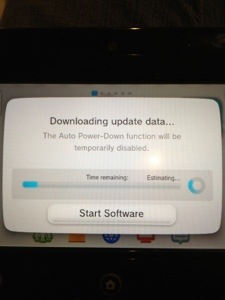The Verge has a great piece on the potential for Intel to succeed in their latest digital home initiative…
The fact that Intel doesn’t by and large work in media could be a handicap, but if you stop to reconsider, it potentially gives Intel a huge advantage. Think about it: how was Google ever going to make a deal with Viacom when Viacom was suing Google? How were companies like Google or Yahoo built on selling advertising ever going to meaningfully share data and revenue with other companies built on advertising like TV networks? How were Sony or Samsung ever going to create a smart TV platform large enough to compete with cable when their businesses depended on selling giant multithousand-dollar screens that were only updated every few years? How would Apple, or Microsoft, or Amazon, or Netflix create new deals for live TV with networks when they already had huge businesses in selling digital video in completely different formats? Intel has no conflicts of interest with television; it has no strategy taxes. All it has are years of R&D into hardware for the connected home, a solid history of developing hardware standards and prototypes, and many, many chips built for graphics-intensive, generally stationary devices that badly need somewhere to go.
This has long been an area of interest for me and I hope they succeed here because the industry needs a good kick in the ass.


